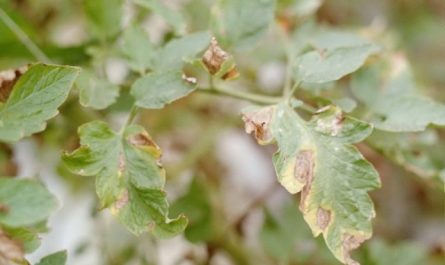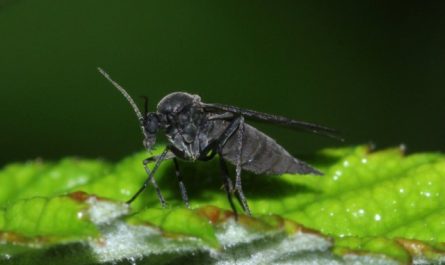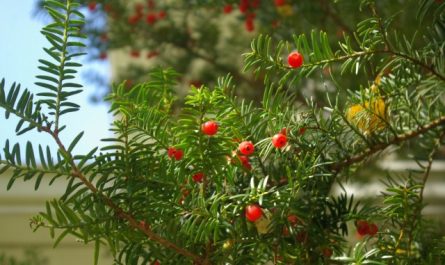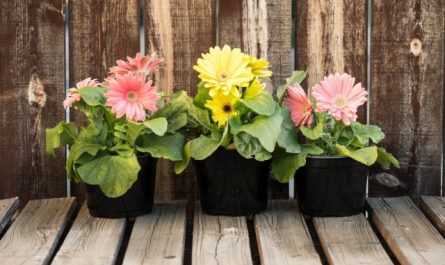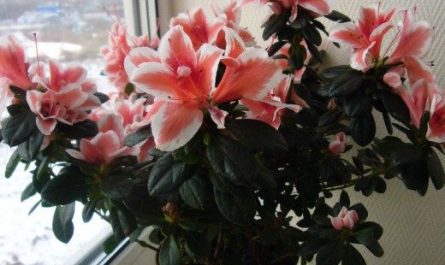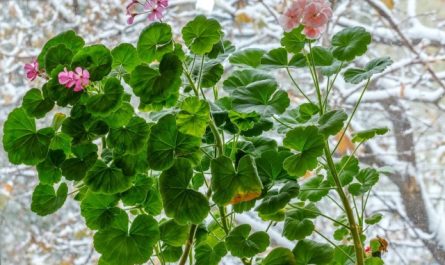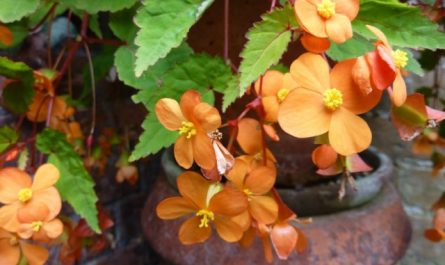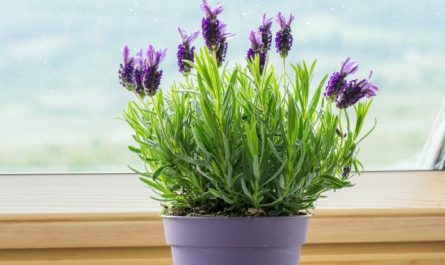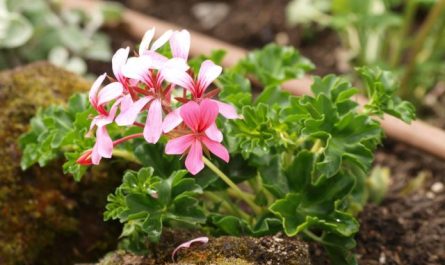The botanical name of the popular golden mustache is fragrant callisia. It belongs to the Commelinaceae family (commelinaceae). There are 12 species in the genus Callisia, growing in the tropics of Central and South America and Mexico. But in culture, only one species is best known – fragrant callisia (Callisia fragrans). The fashion for it arose in the th century, immediately after its discovery. Then callisia was almost completely forgotten, and now they began to cultivate it not as an overseas curiosity, but as a medicinal plant (by the way, not only here, but also in the West).

© anillalotus
In nature, this creeping grass up to 2 m long “crawls” along mountain slopes and clearings, rooting in the nodes. It is called golden mustache because of the presence of long shoots that stretch from the axils of the leaves, like the “whiskers” of strawberries and root in the same way. The length of these “whiskers” is up to 1 meter, they are bare, reddish-brown with long internodes and small rosettes of leaves at the ends (it is usually believed that only shoots no shorter than 9 internodes are suitable for treatment). Large, up to 30 cm, almost linear alternate leaves, embracing the stem, develop only after rooting. When the leaf is torn, thin threads of rubber stretch between its parts. The stem of this plant, although long, is not capable of standing vertically, so it needs support in an apartment. Flowers, which are rarely formed indoors, appear from the leaf axils and are collected in paired, hanging brushes on small peduncles. Each flower has three white, pink or blue petals, although the inflorescences themselves are inconspicuous, they attract attention with a strong pleasant smell, similar to the smell of hyacinth.
This plant has changed its name many times. The first description was made in 1840 as Spironema fragrans, then it was renamed Rectanthera fragrans. It received its modern name – callisia (translated from Greek Καλός – beautiful, Λις – lily – “beautiful lily”) only in 1942, from the American R. E. Woodson. In 1978, the book “Houseplants and Ornamental Flowering Shrubs” was published in Kyiv, which made an unfortunate mistake by calling callisia dichorisandra. Dichorisandra thirsiflora – dichorisandra racemosa, although a close relative of callisia, but a completely different plant, moreover, very rarely found on windowsills. Much more often there are other species of dichorisandra, but none of them, as far as is known, have a medicinal effect. All species of dichorisandra have elliptical leaves (most are variegated) arranged in a spiral and create a beautiful rosette; it does not form any tendrils or rubber threads.
Dichorisandras are much more capricious, they need humid air, some species and forms in rooms survive only under a hood that provides sufficient humidity.

© Henryr10
Vladimir Nikolaevich Ogarkov made a great contribution to the spread of golden mustache as a medicine, having used it in his practice for almost thirty years before the publication of the first article, which appeared in the newspaper “Healthy Lifestyle” in 2000. Then followed a whole series of articles by other authors. Thanks to them, calizia is now very widely used in folk medicine.
Scientific research into the composition and action of golden mustache is being conducted in St. Petersburg and Novosibirsk, and the only thing that has been fully proven so far is that the plant is not toxic. It does contain a number of biologically active substances. And above all, it has a wound-healing effect on scratches, cuts, and minor burns. To do this, the sore spot is lubricated with fresh juice or a crushed leaf is applied to it.
For all more complex cases, the plant is preliminarily subjected to special treatment, increasing its activity. For this, the stem and “whiskers” of calysia are immediately after cutting wrapped in polyethylene film and placed for two weeks in the lower part of the refrigerator at a temperature of about 3-4 degrees above zero.

© jana_2x2
It must be said that callisia is far from a panacea, and a fairly significant part of its action is based on the patient’s faith in healing, but on the other hand, the gentle stimulation of the immune system and endocrine glands that golden mustache provides is truly useful for a number of diseases, mainly of an inflammatory nature.
You can also use a tincture of shoots, it is not only used to disinfect wounds, but also to rub sore spots in cases of osteochondrosis, rheumatism, and sciatica. To prepare a tincture for external use, a shoot of golden mustache 12 internodes long (several pieces of the same total length can be used) is infused in 0,5 liters of vodka for 10 days in a dark place. This tincture is used for compresses and rubbing. However, treatment with calizia is not without its peculiarities and contraindications. You should not begin treatment with calisia without consulting an experienced herbalist, since the dosage and treatment regimen are different for each disease. One of the complications when taking the medicine in excess or for too long is damage to the vocal cords, changes in the timbre of the voice, and sometimes its loss, and recovery is very difficult. You cannot swallow whole leaves, even well chewed – a large amount of rubber does not allow the pieces of the leaf to separate from each other, forming a kind of mesh. Such a leaf, if poorly positioned, can clog the exit from the stomach and cause obstruction with serious consequences.

© Andre Benedito
Golden mustache is easy to grow indoors. It is propagated by layering, pieces of “whiskers” and regular cuttings. The most favorable time for propagation is March, April, but if necessary, it can be propagated all year round.
How to root a cutting correctly? Cut off the top of the shoot with 2-4 nodes (joints) from the mother plant of callisia, remove the lower leaves, shorten the upper ones by a third. Dry the cuttings for 2-3 hours, and then plant in pots with abundantly moistened soil mixture. Moisten the cuttings and cover with a plastic bag for rooting.
A rosette of leaves with a small piece of stem is cut from a horizontal lateral shoot and placed in a vessel with water. A powerful root system develops within 10-15 days. Then the young callisia plant is planted in a pot with soil mixture and watered abundantly.
Young plants of fragrant callisia are replanted annually, and adults once every two to three years. Replanting is best done in spring or autumn. The substrate for planting is prepared from a mixture of compost soil, leaf soil and sand, taken in equal quantities. The acidity index should be within the range of pH 5-5,5. Good drainage is required at the bottom of the container.
When breeding calizia, it is necessary to take into account that it loves light, but does not tolerate direct sunlight, especially hot evening rays. In this case, the plant becomes discolored and curls up, and tendrils stop forming. Calizia transferred to the shade quickly recovers. Winter temperatures should be within 16-18оC, otherwise the plants stretch too much, reducing the amount of active substances. In summer, the golden mustache can be taken outside to a shady place.
Diseases and pests – thrips and red spider mite. At the first signs of damage, the fragrant callisia plant should be sprayed with a systemic insecticide and covered with a plastic bag for 1 – 2 days. The best preventive measures are daily spraying and maintaining the required air humidity.




